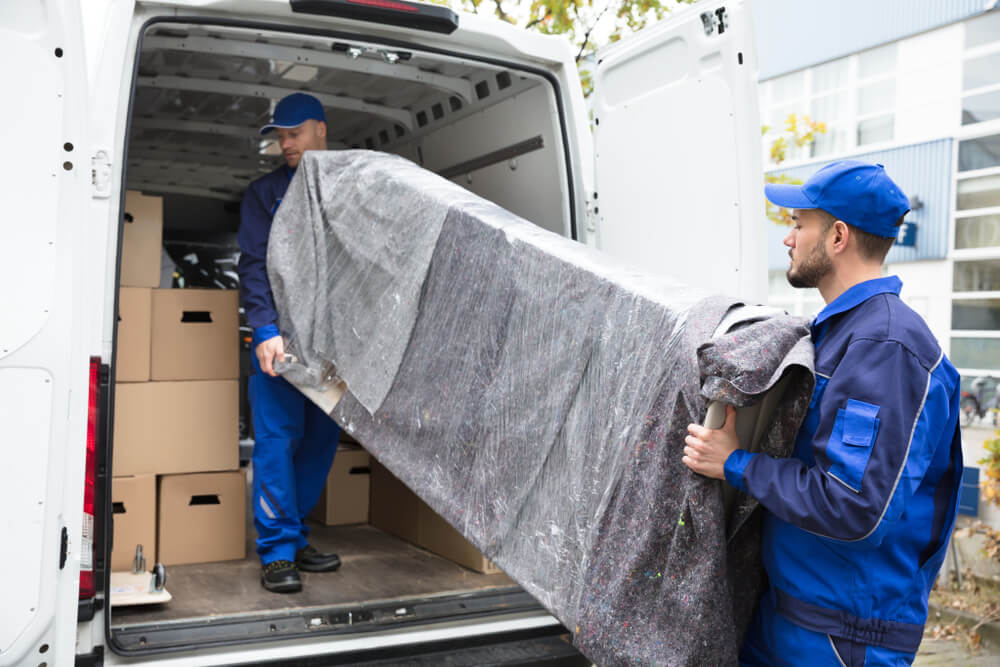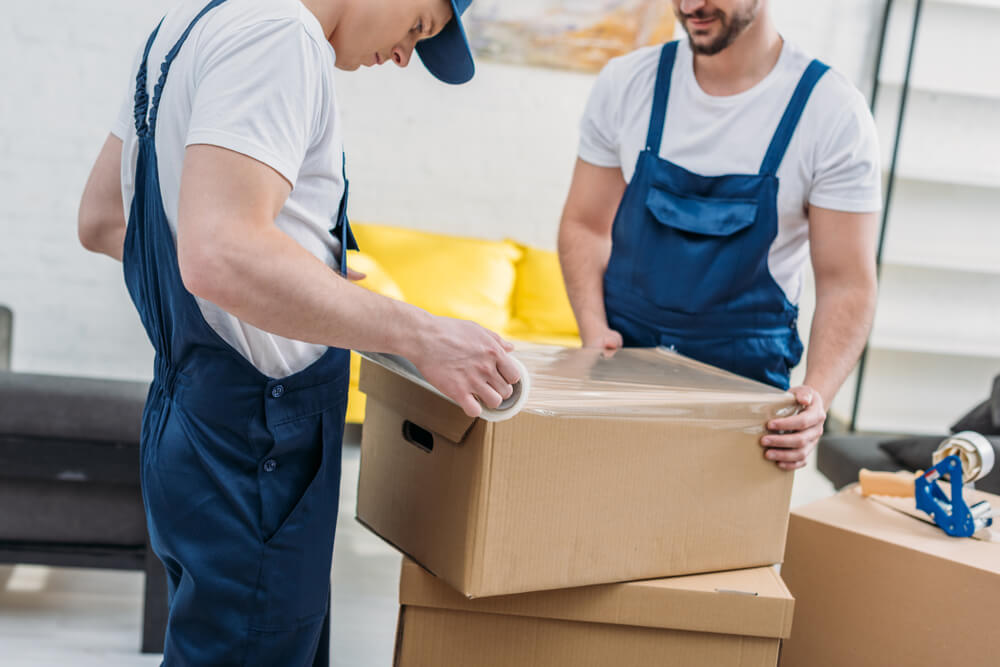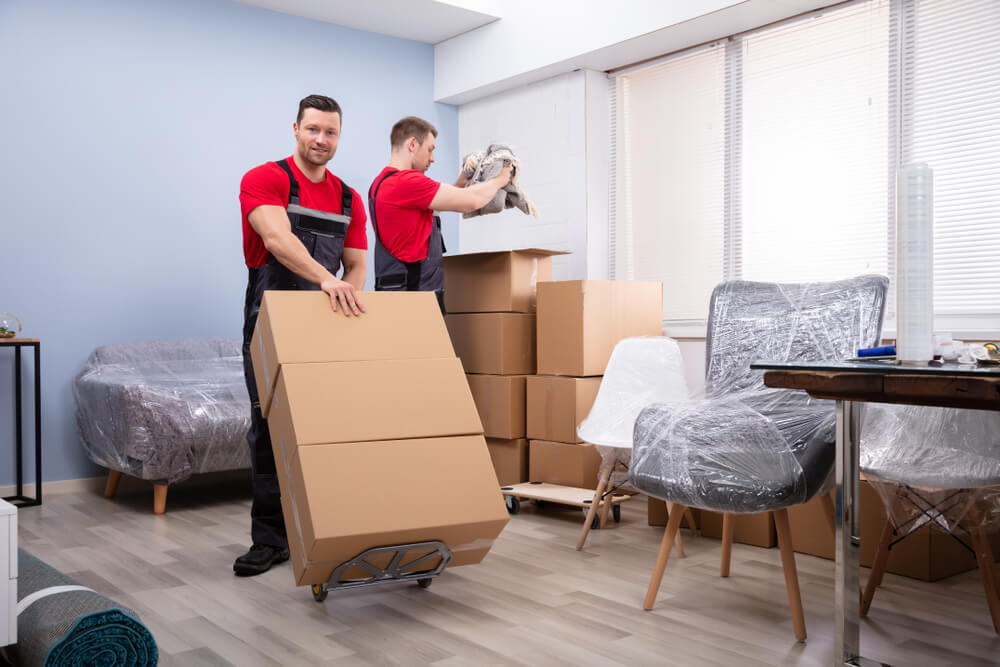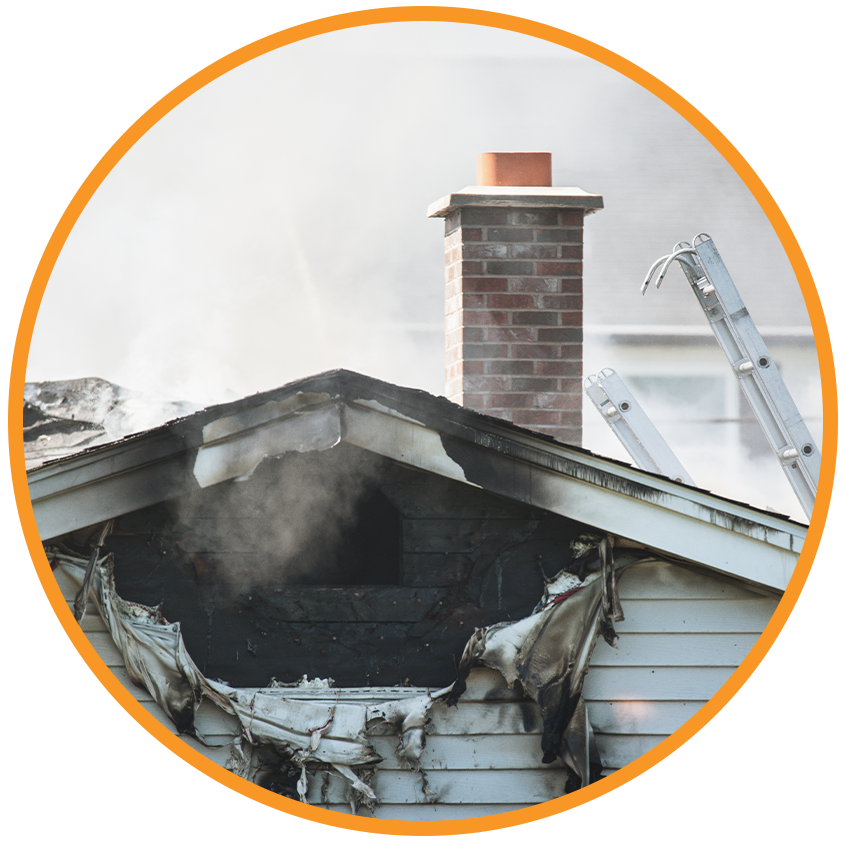Trusted Local Moving Experts: The Story Behind Port Charlotte MoversTrusted Local Moving Experts: The Story Behind Port Charlotte Movers

our story begins with a simple but powerful mission: to provide reliable, efficient, and affordable moving services tailored to the unique needs of residents and businesses in Port Charlotte and the surrounding areas. At Port Charlotte Movers, we understand that moving is more than just transporting belongings; it’s about starting a new chapter, and we take that responsibility seriously.
Established to make moving less stressful and more manageable, Port Charlotte Movers has built a reputation as the go-to moving company for both residential and commercial customers in Southwest Florida. Our commitment to customer satisfaction and community engagement sets us apart from larger, impersonal chains.
Commitment to Personalized Service
Unlike national moving companies that treat customers like just another number, Port Charlotte Movers prides itself on personalized service. Each move is approached with meticulous care, whether you are relocating a small apartment or an entire office. Our team of skilled professionals is trained to handle your possessions with the utmost respect and attention to detail, ensuring everything arrives safely and on time.
Our local expertise means we know the best routes, the neighborhood nuances, and how to handle any obstacles that might arise during your move. This familiarity helps us provide an efficient and stress-free moving experience that larger, less local-focused companies often cannot match.
Comprehensive Moving Solutions
Port Charlotte Movers offers a wide range of services designed to meet every moving need. These include:
Residential Moving: From single-family homes to apartments, we tailor our services to your specific situation.
Commercial Moving: Office relocations require precision and minimal downtime, and our team is equipped to manage these with professionalism.
Packing and Unpacking: If you prefer, we handle the packing for you, using quality materials to protect your belongings.
Storage Solutions: For customers who need temporary storage during their transition, we offer secure and convenient options.
Local and Long-Distance Moves: Whether you are moving within Port Charlotte or to another state, we can accommodate your timeline and budget.
Our flexible approach ensures you only pay for the services you need, making your move both cost-effective and efficient.
Experienced and Trusted Professionals
The foundation of Port Charlotte Movers’ success lies in the experience and dedication of our staff. Each team member undergoes rigorous training in proper lifting techniques, handling delicate items, and customer service excellence. This commitment to professionalism not only protects your belongings but also creates a positive moving experience from start to finish.
Transparency and communication are central to our operations. We provide clear estimates with no hidden fees, and our customer support team is always available to answer questions or address concerns. This openness has earned us numerous positive reviews and a loyal customer base.
Supporting Our Community
At Port Charlotte Movers, we believe in giving back to the community that supports us. We actively participate in local events and charitable activities to strengthen the bonds within our area. Moving can be a challenging time, and by fostering community connections, we hope to make the transition smoother for everyone.
Understanding Your Rights and Safety in Moving
Moving, especially long-distance or interstate, involves regulations designed to protect consumers and ensure safety. The Federal Motor Carrier Safety Administration (FMCSA) provides authoritative information about moving company regulations, consumer rights, and safety standards. For those planning a move and wanting to learn more, visiting the FMCSA’s official website offers essential resources to help make informed decisions.
Why Choose Port Charlotte Movers?
Choosing the right moving company can make all the difference in your relocation experience. Here are some reasons why Port Charlotte Movers stands out:
Local Expertise: We know the Port Charlotte area inside and out.
Customer-Focused: Your satisfaction is our top priority.
Transparent Pricing: Honest estimates with no surprises.
Comprehensive Services: From packing to storage, we cover all your needs.
Trained Professionals: Skilled movers who care about your belongings.
Community Commitment: We’re invested in making our local area better.
Moving doesn’t have to be overwhelming. With Port Charlotte Movers by your side, you gain a trusted partner who treats your move like it’s their own.
Final Thoughts
Whether you’re moving across the street or across the state, Port Charlotte Movers provides the expertise, care, and reliability you need for a successful move. Our story is rooted in service, community, and trust values that continue to drive us every day. When you choose Port Charlotte Movers, you’re choosing a team dedicated to making your next move the best one yet.








